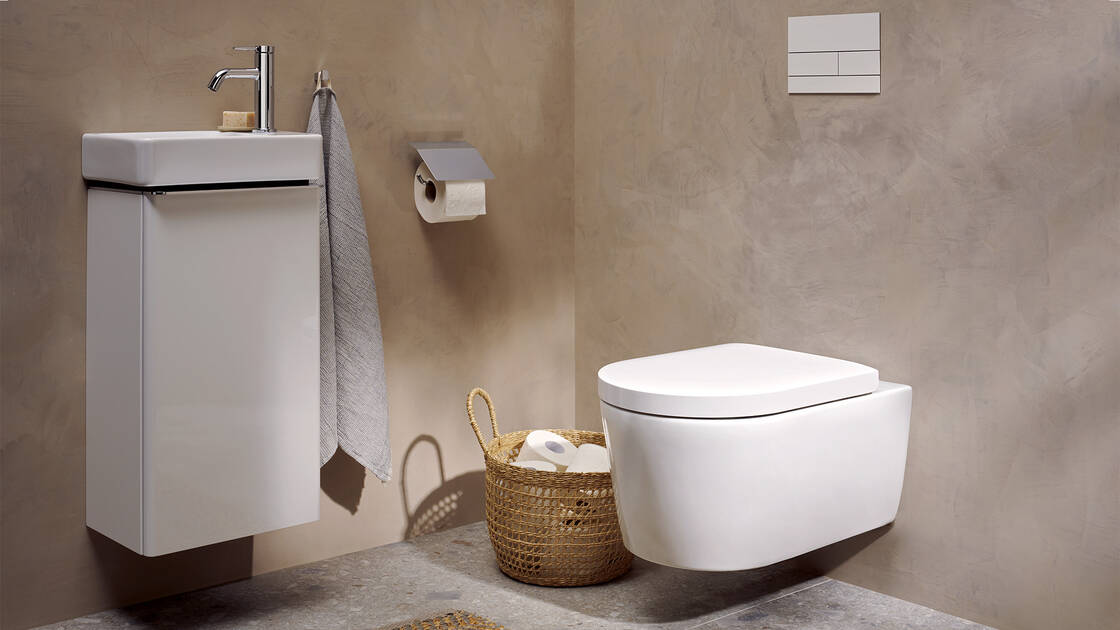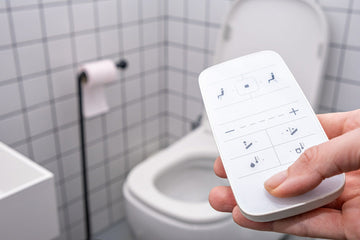In today's rapidly evolving world, the demand for **efficient sanitation systems** is at an all-time high. Among the innovations leading this charge is vacuum toilet technology. This cutting-edge solution offers a unique approach to waste management that is both sustainable and effective. **Vacuum toilets** are particularly popular in environments where water conservation and waste management are critical, such as in **aircraft**, **trains**, and **ships**.
At first glance, vacuum toilet systems might seem like a niche product, but their benefits are broad and significant. They use a fraction of the water consumed by traditional toilets, thereby reducing the environmental footprint and paving the way for **sustainable living**. The integration of **vacuum toilet technology** in various industries highlights its importance and growing demand. For more insights on this, check out the [latest innovations in toilets](https://www.aaplumbingsa.com/blog/the-latest-innovations-in-toilets).

How Does Vacuum Toilet Technology Work?
The **mechanics** of vacuum toilets are fascinating. Unlike traditional toilets that rely on gravity and a large volume of water to remove waste, vacuum toilets use air pressure. When the toilet is flushed, a vacuum pump creates a pressure differential, drawing waste and a small amount of water into the sewage system. This method is not only **water-efficient** but also ensures that waste is transported cleanly and quickly.
The vacuum system consists of four primary components: the **vacuum tank**, **vacuum pump**, **vacuum interface**, and the **toilet bowl**. These components work in tandem to ensure that waste is efficiently managed with minimal resource use. For those interested in plumbing innovations, the [innovative toilet tankless design](https://dripx.io/blogs/our-insights/innovative-toilet-tankless-design) offers further reading.
Benefits of Vacuum Toilet Technology
There are numerous benefits to adopting vacuum toilet systems, especially in industrial settings:
- Water Conservation: Vacuum toilets typically use less than a liter of water per flush, compared to the 3-6 liters used by standard toilets. This is a significant reduction, especially in areas facing water scarcity.
- Efficient Waste Management: The high-speed transport of waste ensures that plumbing systems remain unclogged and efficient. This reduces maintenance costs and prolongs the lifespan of the plumbing infrastructure.
- Environmental Benefits: By reducing water usage and improving waste management, vacuum toilets contribute to a smaller carbon footprint. They are an integral part of the movement towards **green building practices**.
Applications in Various Industries
The versatility of vacuum toilet technology allows for its application across multiple sectors:
Transportation Sector
In the transportation industry, vacuum toilets have become standard in airplanes, ships, and trains. Their ability to operate efficiently with minimal water makes them ideal for these settings, where resources are limited. The [pressure-assisted toilet technology](https://dripx.io/blogs/our-insights/pressure-assisted-toilet-technology) is another innovation that complements these systems.
Residential and Commercial Buildings
As urban areas continue to grow, the need for sustainable infrastructure becomes more pressing. Vacuum toilets are increasingly being integrated into **eco-friendly building designs**. Their water-saving capabilities make them attractive for both homeowners and commercial developers looking to reduce environmental impact.
Moreover, the integration of **smart technology** with vacuum systems is creating new opportunities for innovation. Many modern systems can be controlled remotely, providing users with detailed insights into their water usage and system performance. For more about smart toilet innovations, visit [Horow Smart Toilet Innovations](https://horow.com/blogs/news/experience-the-future-horow-smart-toilet-innovations).
Challenges and Considerations
Despite their many advantages, the adoption of vacuum toilet technology is not without challenges. One of the primary concerns is the initial cost of installation. Vacuum systems often require specialized components and expertise, which can be more expensive than traditional setups. However, the long-term savings in water and maintenance often offset these initial costs.
Additionally, maintenance and repair of vacuum systems can require specialized training. As the technology becomes more widespread, it is essential for industry professionals to stay informed and adapt to the evolving landscape. For those interested in water-efficient systems, the [Innovations in Water Efficient Toilets](https://iottechnologies.io/blogs/our-latest-posts/innovations-in-water-efficient-toilets) provide valuable insights.

FAQ
1. What makes vacuum toilet technology efficient?
Vacuum toilet systems use air pressure and minimal water to remove waste, making them highly water-efficient compared to traditional toilets.
2. Are vacuum toilets suitable for residential use?
Yes, vacuum toilets are increasingly being adopted in residential settings due to their water-saving benefits and compatibility with eco-friendly building designs.
3. What are the maintenance requirements for vacuum toilets?
While vacuum toilets are generally low-maintenance, they may require specialized training for repairs and maintenance due to their unique system components.
In conclusion, vacuum toilet technology represents a significant step forward in sustainable sanitation solutions. Its ability to conserve water, manage waste efficiently, and reduce environmental impact makes it a valuable asset for various industries. As the demand for **eco-friendly infrastructure** grows, so too will the adoption of vacuum toilets, marking a new era in **sanitation technology**.
This article contains affiliate links. We may earn a commission at no extra cost to you.






